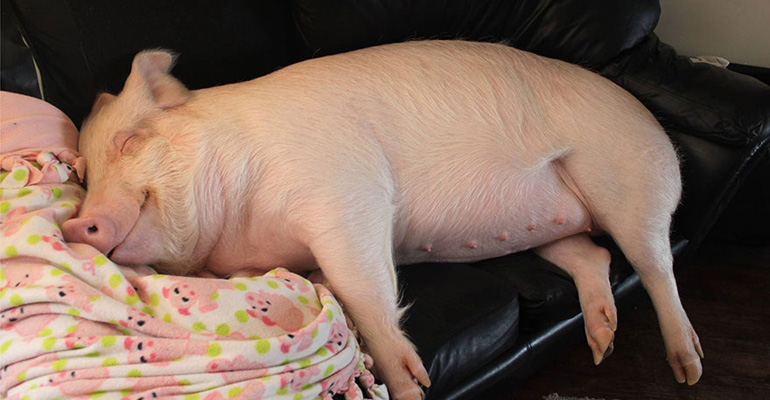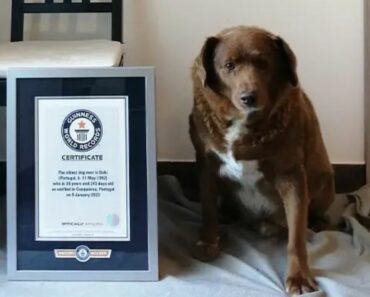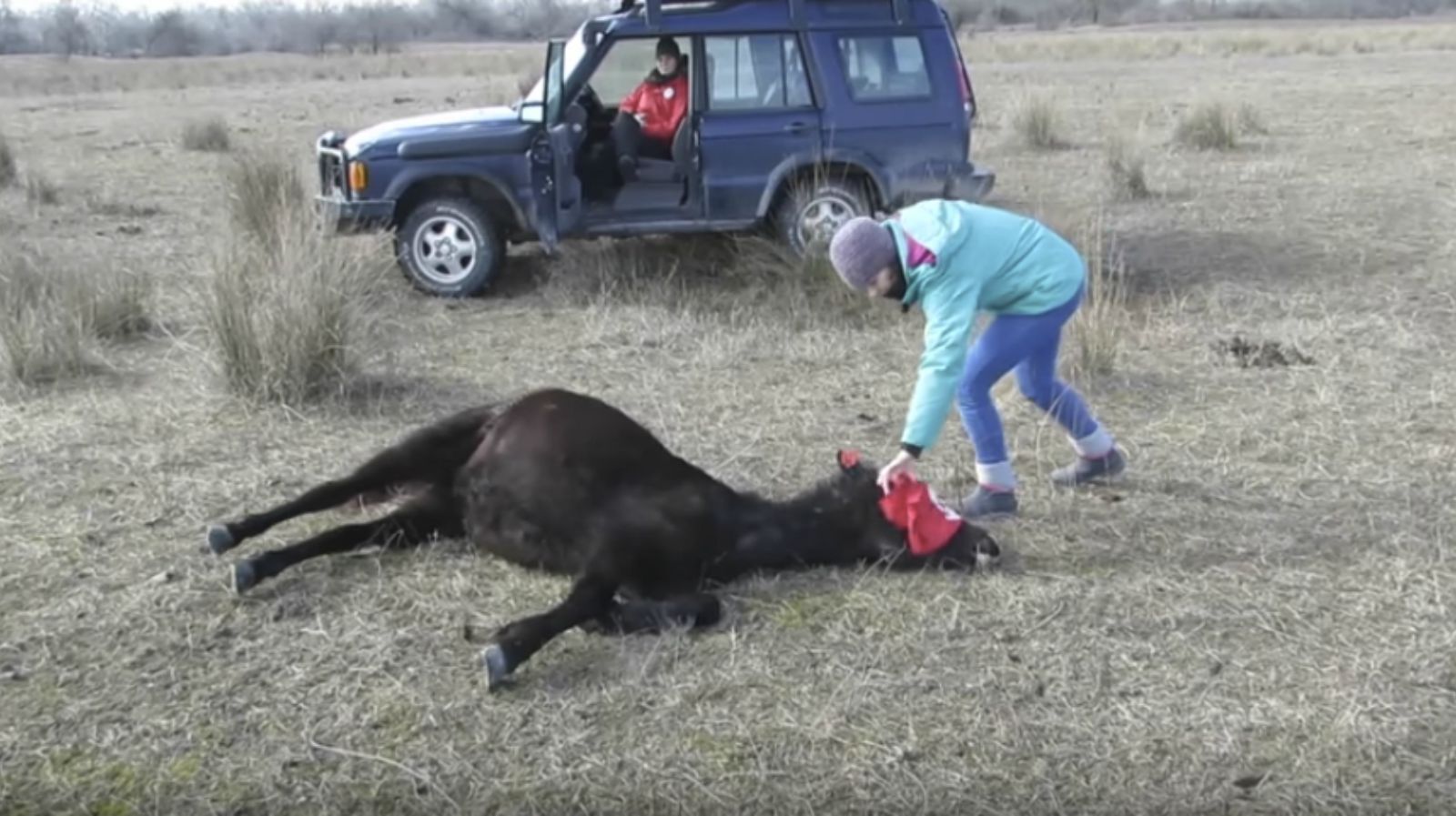If you’re thinking about adding a new furry companion to your family, a personal protection dog might be the perfect choice. Personal protection dogs are not only trustworthy but are also trained to keep every member of your household safe. Curious about how they’re trained? You’ve come to the right place. Dive in to learn about the intricate training process that equips them for their protective roles.

What Is a Personal Protection Dog?
A personal protection dog is a trained canine that is bred and trained. They have an instinct to protect their family and territory. Plus, they are trained to react to any potential threat or danger.
These dogs undergo rigorous training and socialization to ensure they can assess and handle potential threats. This makes them reliable and trusted companions for their owners.
Top Breeds Known for Being Excellent Personal Protection Dogs
Several protection dog breeds are known for being excellent personal protection dogs. They have a strong instinct to protect their owners and families. They are also intelligent and quick to learn. The most common breeds used as personal protection dogs are:
German Shepherd
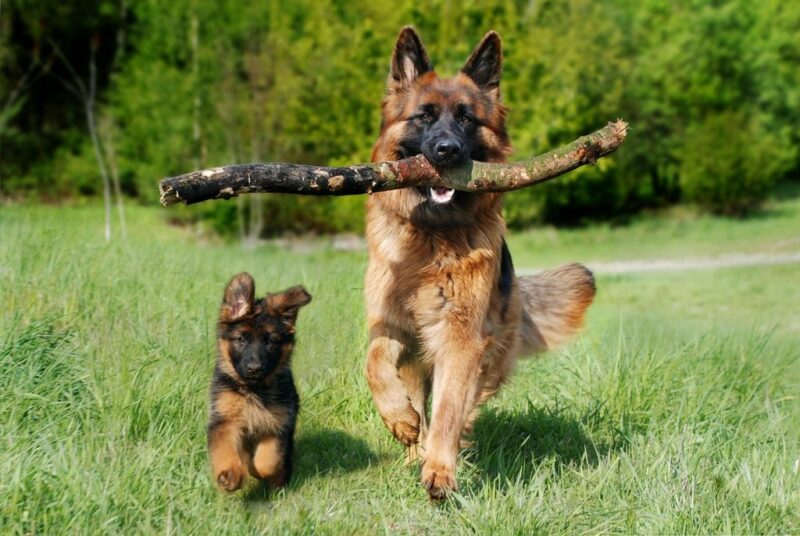
German Shepherds have strong protective instincts. They are inclined to be guardians of their families. They can be reliable and effective personal protection dogs with proper training and socialization.
Their strong physique, sharp senses, and quick reflexes make them ideal for this role. They are also known for their ability to bond with their owners. This makes them protective and devoted to their well-being.
Giant Schnauzer
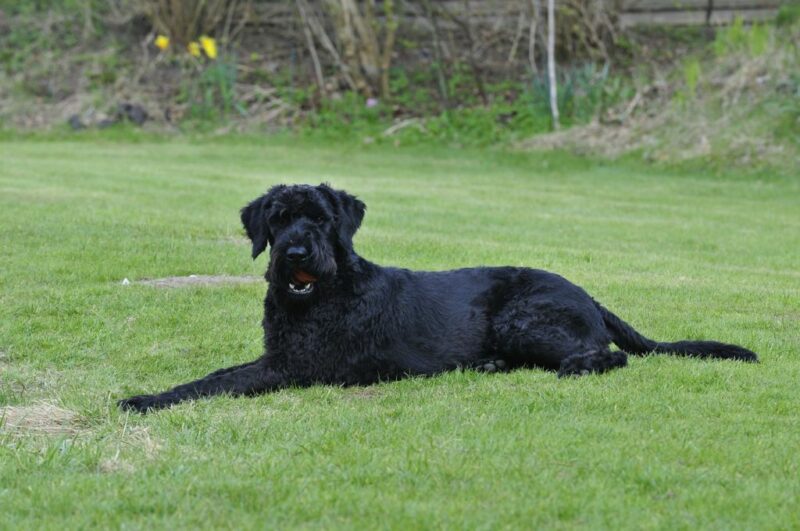
They are intuitive and have a natural disposition to protect their loved ones from any danger. In addition, Giant Schnauzers are intelligent and capable of learning various commands and techniques, making them easy to train for personal protection. Their intimidating appearance, with a muscular build and harsh, wiry coat, also deter potential intruders.
Belgian Malinois

The Belgian Malinois is an intelligent and versatile breed that excels in personal protection work. They are loyal to their owners and have a strong bond with their families. This makes them an ideal candidate for guarding and protecting their human companions.
They have athletic and agile bodies, combined with their high trainability. They are perfect for taking on high-risk tasks and adapting to different environments.
It is also known for its excellent senses. This includes sharp hearing and exceptional scent detection abilities.
Akita

For centuries, Akitas have been bred in Japan as guard dogs for royalty and nobility. They are known for their fearless, loyal, and protective nature. It makes them ideal companions for individuals seeking a reliable and effective security measure.
With proper training and socialization, Akitas can be extremely affectionate towards their owners while remaining wary and cautious with strangers. Akitas also possess a strong sense of territory and a keen sense of awareness, making them the perfect choice for personal protection.
Rottweiler
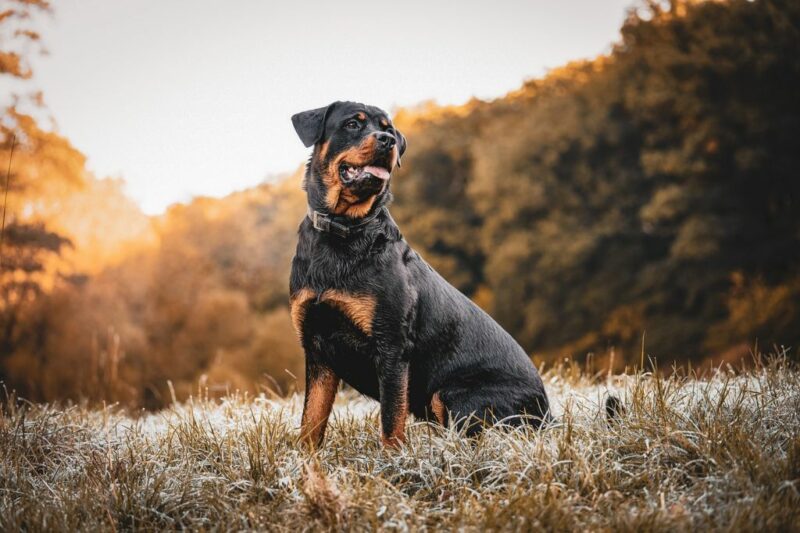
Rottweilers are intelligent and can be trained to be vigilant and protective of their owners and property. They have an instinct to guard and protect their family, making them effective in warding off potential threats. They are also strong and have a powerful bite.
This makes them a formidable opponent for any potential attacker. They can be gentle and docile towards their family with proper training and socialization. But remember that they will not hesitate to use their strength and protective instincts when needed.
Doberman Pinscher

Known for their strong and muscular build, these dogs were bred in Germany in the late 19th century by Karl Friedrich Louis Dobermann. They were used as guard dogs, but their intelligence, strength, and loyalty soon made them famous as personal protection dogs. Their sleek black, tan, blue, and tan coats and alert expressions add to their intimidating presence.
Cane Corso
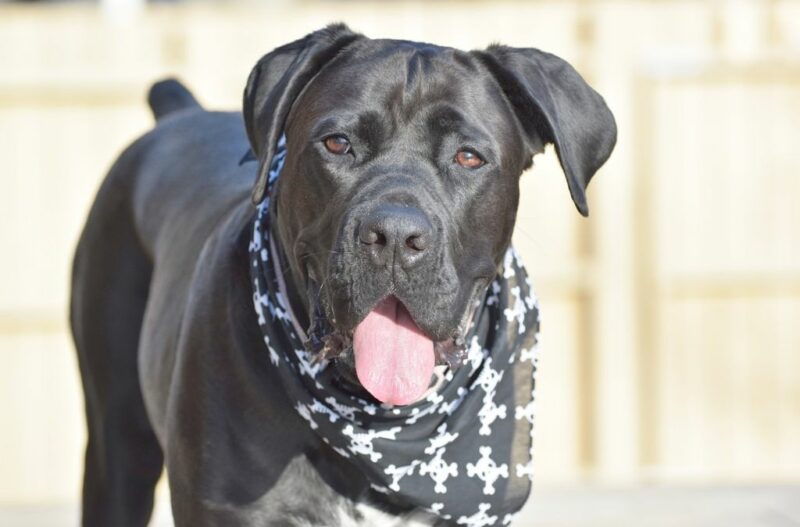
Cane Corso, also known as the Italian Mastiff, is a breed that has gained recognition for being an excellent personal protection dog. They are a large and muscular breed that is intelligent, loyal, and courageous. Their impressive build and powerful jaws make them formidable, but their strong instinct to protect and defend their family sets them apart.
Tips for Training Your Dog to Protect You
Training your dog to protect you can be valuable for you and your furry companion. However, it is essential to approach this training with caution and responsibility. Here are a few tips to help you train your dog to protect you.
Establish Yourself as the Leader and Earn Your Dog’s Respect
Dogs are pack animals and naturally look to a leader for guidance and protection. By taking on the role of the leader, you are building a strong and trusting relationship with your dog. This means setting clear boundaries and enforcing rules and commands.
It also involves showing your dog love and affection and providing regular exercise and mental stimulation. When your dog respects you as the leader, it will be more likely to listen and protect you in times of need.
Start With Basic Obedience Training
Basic obedience training teaches your dog important skills. This includes walking on a leash, coming when called, and following simple commands. These skills are the building blocks of more advanced training, including protection training.
Mastering it teaches your dog to trust and respect you as their leader. This makes them more willing to protect and defend you in dangerous situations.
Introducing Your Dog to New People
This helps to socialize with your dog and allows them to become comfortable and confident around strangers. This should be done gradually. Start by familiarizing them with different scents.
Then, allow them to observe from a safe distance. As your dog becomes more comfortable, they can interact with new people under your supervision. This training will make them a well-rounded and friendly companion.
Teach Your Dog Specific Commands Such as “Guard” and “Release”
These commands will help your dog understand when it is time to guard and when it is time to release and stop guarding behavior. This is essential for keeping control over your dog’s protective instincts. It prevents them from becoming aggressive.
Give Rewards for Good Behavior and Discourage Aggressive Behavior
This means giving rewards for good behavior. This includes barking at a stranger approaching your home and discouraging aggressive behavior towards people or other animals. Positive reinforcement techniques, like treats and praise, can help reinforce good behavior.
It will create a bond of trust between you and your dog. Aggressive behavior should never be encouraged or rewarded, as it can lead to dangerous situations.
Be Consistent and Patient
Dogs thrive on routine and repetition. Keeping a regular training schedule will help them learn and maintain the necessary skills. Being patient during the guard dog training process is crucial, as they may not immediately pick up on commands.
Give your dog time to understand and practice the desired behaviors. This will lead to success in protecting you.
Make Sure Your Dog Gets Plenty of Physical and Mental Exercise
Well-exercised dogs are more likely to be focused and better control their instincts when put in a high-stress situation. Regular physical exercises such as walks, playtime, and training sessions can keep your dog’s muscles and joints healthy.
Mental exercises such as puzzle toys and obedience training can help keep their mind sharp. It will help them become a better protector and promote a happy and healthy life.
Socialize Your Dog With Other Dogs and People
Socialization helps your dog develop crucial social skills, such as acting and reacting in different situations. It also teaches them how to communicate and play with other dogs. Thus reducing the chances of aggressive behavior towards people or other dogs.
By introducing your dog to a variety of people from different ages and backgrounds, they learn that new faces and sounds are not something to be afraid of. This creates a well-rounded and confident dog, capable of protecting you without fear or hesitation.
Working With a Professional Trainer
Working with a professional trainer is crucial when training your dog to protect you, especially for k9 dogs. These dogs are bred and trained for protection and can pose a serious risk if not properly trained.
A professional trainer will have the experience and knowledge to train your dog. They will teach you how to handle and communicate with your k9. They will also be able to assess the dog’s temperament and determine if it is suitable for protection work.
Always Prioritize Safety for Both You and Your Dog
While it may be tempting to focus solely on teaching your dog aggressive behavior, focusing on their safety and well-being is crucial. This means using positive reinforcement techniques and avoiding harsh or harmful methods that could harm your dog.
It is also important to remember that training your dog to protect you should never be a substitute for proper security measures in your home and public. Keeping you and your dog safe should always be the top priority in any training.
Proper Care for Your Protection Companion
A protective companion, whether a service dog or an emotional support animal, is a big responsibility. Not only do they provide love and support, but they also need proper care to thrive. Here are some tips for caring for your protection companion:
Provide a Healthy and Balanced Diet
Like humans, dogs need various nutrients to keep their bodies functioning properly and maintain a strong immune system. Choosing high-quality, nutrient-rich food appropriate for your dog’s age, size, and activity level is essential.
Consult with a veterinarian to determine the perfect balance of protein, carbohydrates, and fats for your furry friend. Make sure to provide fresh, clean water at all times to keep them hydrated.
Exercise and Playtime
These activities help release excess energy and reduce the risk of behavioral issues such as anxiety and destructiveness. They promote a bond between you and your pet, enhancing trust and communication.
Make sure to provide a variety of activities that cater to your companion’s needs and energy level. Be mindful of any health conditions or physical limitations.
Schedule Regular Veterinary Visits
Regular check-ups can help detect any underlying health issues early on, allowing for timely treatment and preventing potential complications. These visits also ensure that your pet is up to date on vaccinations and preventive care measures.
Apart from the physical examination, it is also an opportunity to discuss any concerns or behavioral changes with your veterinarian. By making regular veterinary visits a priority, you are safeguarding your pet’s health and strengthening the bond between you and your faithful companion.
Proper Grooming and Dental Care
Regular grooming helps to support a clean and healthy coat, preventing skin infections and promoting good circulation. This provides an opportunity to check for any lumps or abnormal skin conditions that may require medical attention.
In addition to grooming, dental care is essential. Dogs are susceptible to dental problems, such as gum disease and plaque buildup, that can lead to serious health issues if left untreated.
Create a Safe and Comfortable Living Environment
This includes providing them with a designated space free from hazards or potential dangers. It is essential to keep their living area clean and tidy and ensure that all necessary supplies and equipment are easily accessible.
Providing comfortable bedding and proper ventilation is also essential for their physical health. Additionally, establishing a routine and consistency in their living environment can help ease any anxiety or stress they may experience.
Please share these helpful tips for choosing and training your very own personal protection dogs with your friends and family.

